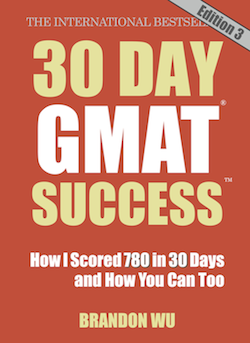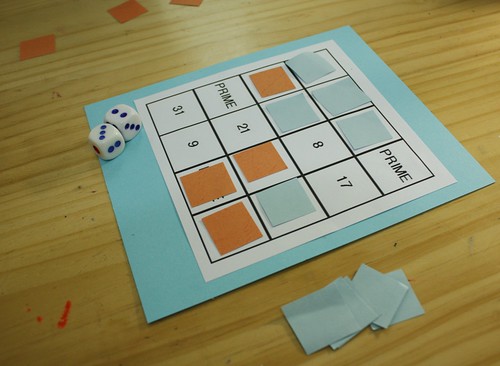Working with Factors and Divisibility
One of the many GMAT math concepts that we learn in grammar school but probably don’t use very often in real life is how to work with factors. Factors are numbers that go into other numbers evenly. For example, 3 and 4 are factors of 12. Prime factors (numbers divisible only by one and themselves) help us realize whether one very large number is divisible by another.
For example, the prime factors of 108 are 2, 2, 3, 3, and 3 and the prime factors of 36 are 2, 2, 3 and 3. If we write those out as a fraction, we get:
2 × 2 × 3 × 3 × 3
2 × 2 × 3 × 3
Every prime number in the denominator can be cancelled out by a prime number in the numerator, so 36 is a factor of 108. The numerator can have a lot of different prime factors left over. All that matters is that the prime factors in the denominator are cancelled out. Here’s another example with 180⁄36:
2 × 2 × 3 × 3 × 5
2 × 2 × 3 × 3
The 5 in the numerator doesn’t correspond to any numbers in the denominator, but that doesn’t matter. Every prime factor in the denominator can be cancelled out. For a counter example, let’s try 270⁄36:
2 × 3 × 3 × 3 × 5
2 × 2 × 3 × 3
There are two 2s in the denominator, but only one 2 in the numerator, so we are unable to cancel out all prime factors in the denominator, and we then know that 270 is not evenly divisible by 36.
So how can we use this concept on the GMAT? Let’s look at question 116 on page 168 in the GMAT Official Guide, 13th Edition. P, the numerator, will include every prime factor for every number 1 through 30 inclusive. However, the only prime number in the denominator is 3. So the question is really asking how many 3s there are in the numerator. However many 3s are in the numerator will be the same amount that can be in the denominator and be cancelled out to make 3k a factor of P. Take every number in the range that is a multiple of 3 (3, 6, 8, 12, 15, 18, 21, 24, 27, and 30) and count up the 3s. Remember that some may have more than 1 (for example, 27 = 3 × 3 × 3). The total is 14, answer C.
Let’s also have a look at question 77 on page 163. When we work with factors and multiplication, the prime factors in the denominator only have to be cancelled out by one prime factor in the numerator. But addition and subtraction are a bit more complicated in that every number in the numerator needs to have the same prime factors as the ones you want to cancel out in the denominator. Here is an example with (72 + 24)⁄12:
(2 × 2 × 2 × 3 × 3) + (2 × 2 × 2 × 3)
2 × 2 × 3
The 2, 2, and 3 in the denominator exist in both the prime factors of 72 and 24.
(2 × 2 × 2 × 3 × 3) + (2 × 2 × 2 × 3)
2 × 2 × 3
So 12 is a factor of 72 + 24. However, if we try (46 + 24)⁄12 we get
(2 × 23) + (2 × 2 × 3 × 3)
2 × 3 × 3
We don’t have the right prime factors in 46 to be able to cancel out those in the denominator, so 12 is not a factor of 46 + 24. Since question 77 has addition, we know that the correct answer must have the same prime factors as both 20! and 17. Since 17 is a prime number, it is only divisible by 1 and 17, so 15 and 19 cannot be factors of the expression.
Factors can be more complicated than just a single number. So stay tuned and in a few weeks we’ll discuss a few more problem solving questions that use factors.
Image Courtesy of jimmiehomeschoolmom with Creative Commons License

